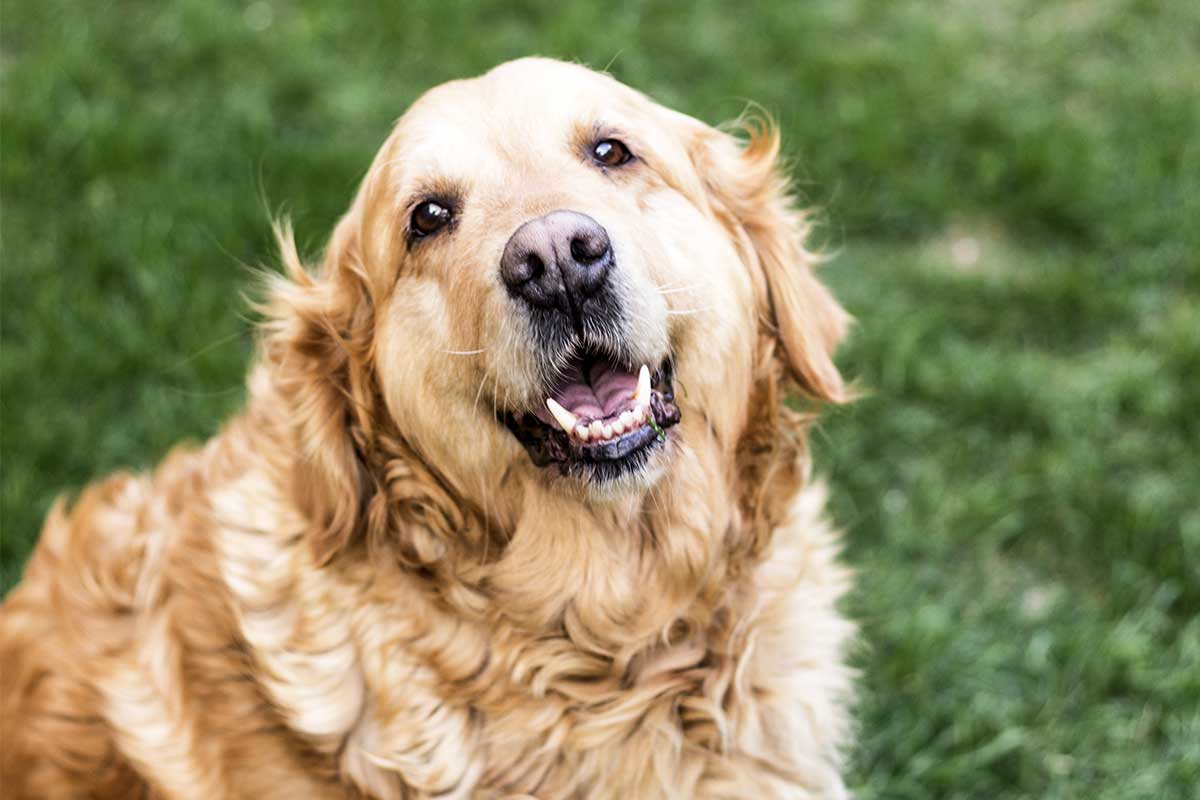The goal of hospice is to ensure your dog’s health, comfort, and happiness. Those three elements comprise quality of life: your dog’s physical, mental and social wellbeing.
“The philosophy of maintaining quality of life at the end of life honors the human-animal bond,” says Alice Villalobos, DVM, a veterinary oncologist who is considered the godmother of hospice for pets, which she refers to as “paw-spice.”
Assessing quality of life is an essential aspect of providing hospice care, and it’s important for preventing fear, anxiety, and stress. Here’s how to measure and monitor your dog’s quality of life.
Ask yourself the following questions, scoring the answers from 0 to 10. If your dog has a score of 35 or higher, he likely has good quality of life. A lower score is a signal that you may need to make some changes to improve his wellbeing.
- Can my dog’s pain be managed by medication or oxygen therapy?
- Is my dog having difficulty breathing?
- Does my dog have a good appetite?
- Does my dog drink enough water?
- Is my dog clean and well groomed?
- Does my dog still greet me and enjoy petting and other interactions?
- Can my dog get around easily?
- Does my dog have more good days than bad?
For each question, your veterinarian can help you recognize potential problems and make adjustments as needed. For instance, rapid respirations or labored breathing can signal that your dog is in pain. Depending on his condition, medication or at-home oxygen therapy may help.
Appetite stimulants or hand feeding can improve a dog’s willingness to eat. Sometimes all it takes to encourage him to eat is warming his food or giving him a nice scratch on the head or neck.
If your dog isn’t drinking enough water, he may become dehydrated, which can make him feel sick. The running water provided by a fountain may entice him to drink more water. You can also get liquid in him by freezing some chicken broth and giving him the cubes to lick.
We all feel better when we are clean and neat, and that includes our dogs. Your dog may enjoy being gently brushed or combed. Give him a butt bath if necessary for his sanitation and comfort.
An unhappy dog may seem depressed, anxious or isolated. Consider changing his environment if possible. He may do better in a quieter area if the noise of kids playing bothers him. More social dogs may want to spend time in the area where the family is gathered, such as the kitchen or den.
Your hospice dog may have trouble negotiating steps or getting on and off the furniture the way he used to. Try adding a ramp or pet steps to make his life easier. Be sure he has a soft but supportive bed, such as one with an egg-crate mattress or a warming or cooling element.
Finally, pay attention to the ratio of good days and bad days. If your dog starts to have several bad days in a row, it may be time to consider giving him the gift of a peaceful death.
This article was reviewed/edited by board-certified veterinary behaviorist Dr. Kenneth Martin and/or veterinary technician specialist in behavior Debbie Martin, LVT.
Kim Campbell Thornton is content manager for Fear Free Pets and is an Elite Fear Free Certified Professional. She has been writing about dogs, cats, wildlife, and marine life since 1985 and is a recipient of multiple awards from the Cat Writers Association, Dog Writers Association of America, and American Society of Journalists and Authors. When she’s not writing or editing, she’s working with Sparkles, her Cavalier King Charles Spaniel, on learning tricks and nosework.
Want to stay in the loop on the latest and greatest in keeping your pet happy and healthy? Sign up for our free newsletter by clicking here!








